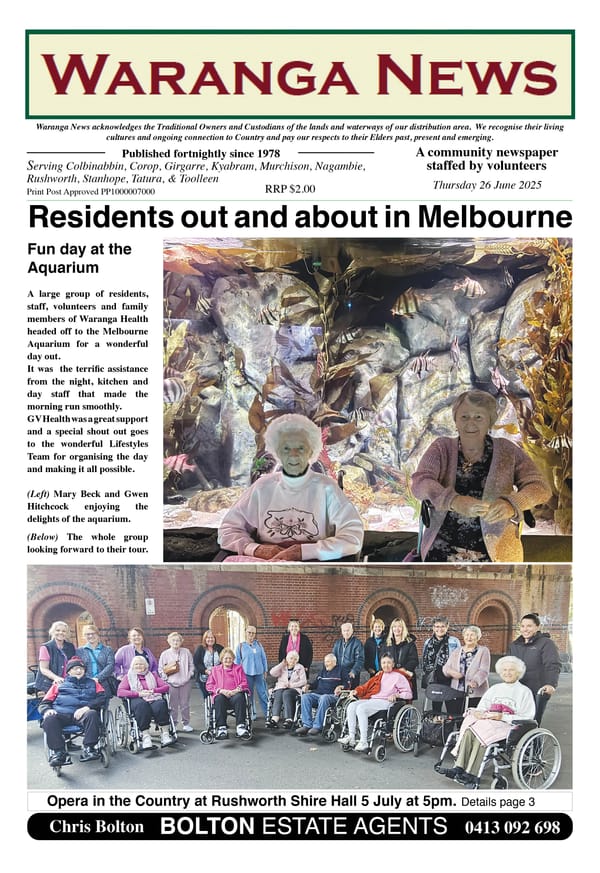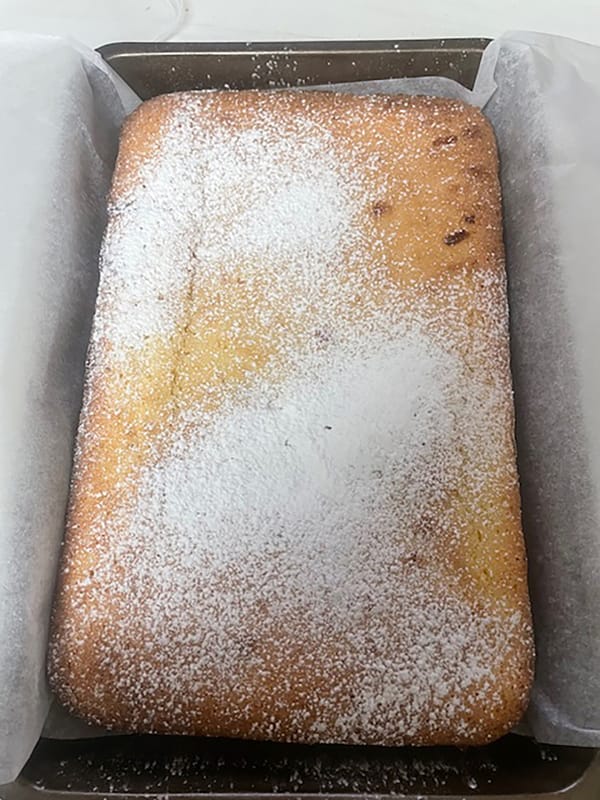16. A battle on the Campaspe

In June 1838, a group of Aboriginal people killed two shepherds and took some sheep from a station to the south, moving them north to a bend on the river, where they secured them with a brush fence. A group of around eight European men on horses followed the clearly marked trail along the river until they caught up with the offenders.
A pitched, but ultimately one-sided battle then took place. Men on foot armed with spears and clubs were no match for men on horseback with muskets. The latter could remain out of effective spear-throwing distance while shooting down their opponents. Between 20 and 30 Aboriginal people were killed on the spot; others probably later died as a result of their wounds. The overseer and stockmen from the station were unharmed and retrieved most of their sheep.
It is uncertain which group of Aboriginal people were involved in this incident. They could have included Ngurai-illum Wurrung and/or their southern neighbours, the Taungurung. The Dja Dja Wurrung may also have been there. Regardless of which group(s) were involved, this was just one of hundreds of similar stories from around Australia that fly in the face of our vision of peaceful European settlement of the land.
HERO OR VILLAIN?
The man who allegedly oversaw the killing of Aboriginal people on the Campaspe River in 1838 was John Coppock. He was in charge of a station further south on the Campaspe which was leased by the squatter Henry Yaldwin (or Yaldwyn). Coppock had arrived in the area hot on the heels of the Major Mitchell expedition. He had over 20 men to assist him with overlanding 4000 sheep in lamb from Goulburn, New South Wales, before setting up a station at Barfold in the first part of 1837. The men were all “assigned men” i.e. convicts and hard cases.
Writing about his then deceased uncle in the 1880s, Coppock’s nephew John Coppock White describes him as “our hero”. Later in life, Coppock became a squatter in the West Wimmera at Lake Albacutya, where he was regarded as a respected pioneer of the district. It is unlikely that the Aboriginal people who had lived along the Campaspe would have regarded him with any respect.
MAKING EXCUSES
John White says that Coppock became aware of the fact that his men were shooting down Aboriginal people on sight – “they did not confine themselves to the men, but destroyed the lubras and piccaninnies as well.” White claims Coppock urged his men to “leave their arms at home and to try to make friends of the blacks.” In the light of subsequent events, one wonders whether White was just trying to protect his uncle’s name from culpability for these deaths.
In 1838, a group of Aboriginal people raided an outstation of the Barfold run, spearing and clubbing a watchman and a shepherd, and stealing the flock of sheep. White claims that Coppock’s justification for what followed went like this – “I have always tried to treat the natives with justice; they have been a great annoyance, and have killed a large number of my sheep, wounded three men, and have now murdered two. I have applied to the Government for protection, and received as an answer that I would have to protect myself; these things being so, I must protect myself, and will give them a proper lesson whilst I am about it.” In other words, action deemed justifiable on the basis of self-defence.
WATERLOO PLAINS
Coppock and his men quickly caught up with the Aboriginal people and the sheep and wreaked a terrible vengeance. White claims Coppock reported 23 Aboriginal deaths, while many others were wounded, at what became known as Waterloo Plains. “One or two of the attacking party received slight wounds”, indicating the word massacre was more appropriate that the word battle.
After Waterloo Plains, John Coppock apparently wrote a brief account of the events that took place there and submitted it to the head of police in Melbourne, who subsequently reported it to his superiors in Sydney. At this point, the State of Victoria had not been designated. Eventually, Coppock and his men were summonsed to appear in Sydney – a rare occurrence for perpetrators of violence against Aboriginal people. The “Sarah”, the ship that was to take them to Sydney disappeared without a trace on that trip. However, Coppock, who had been visiting a friend in Williamstown the night before, conveniently missed the early morning departure.
EVADING JUSTICE
Coppock’s absence had gone unnoticed, and he took the opportunity to let friends and relatives believe that he had died or disappeared with the “Sarah”. He went underground in rural Victoria until the heat had gone out of the Waterloo Plains massacre, only resurfacing at remote Lake Albacutya run some 10 years later. A guilty conscience perhaps, but ultimately, he did not have to face justice.
It was rare for men like Coppock to be found guilty of a crime. More often than not, such crimes went unreported. In his case, even though it was reported by him, there was a strong likelihood that he would have been exonerated even if he had made it to Sydney. Despite the excessive nature of the response, self-defence would have been claimed, and there were no eyewitnesses apart from him and his men.
Reference: The Australasian (a Melbourne newspaper) 31.10.1885



